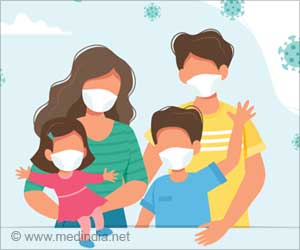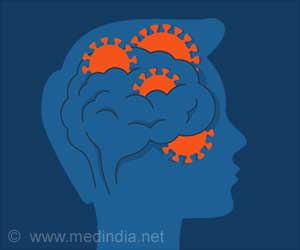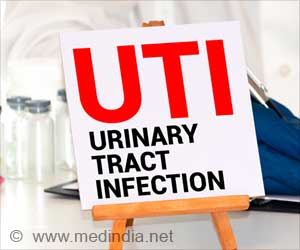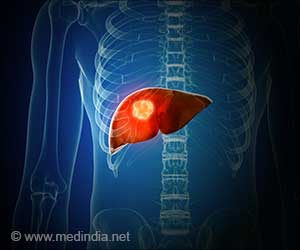The areas with a low vaccination rate are still in a state to take a cautious approach to potentially lifting restrictions related to COVID-19. A new prediction model which runs based on assumed vaccination rates has been developed to solve this problem.

‘An increase in public gatherings by 1% in an area of a vaccination rate of about 0.5% of the population per day would see a nearly 30% increase in deaths within the next three months.’





Using the new model, they predicted that at a vaccination rate of about 0.5% of the population per day, an increase in social gatherings and public transportation at a 1% daily rate would cause a nearly 30% rise in deaths within the next three months. “This model provides additional evidence to support the need for rapid vaccinations before areas can open safely. Areas with low vaccination numbers, under 1% of the population per day, should express extreme caution with their strategies to open up the economy and should focus their efforts on increasing the rate of vaccinations,” said Porfiri.
Although the model is developed to focus specifically on the town of New Rochelle, which now has a high vaccination rate, it can be used efficiently to make public health decisions in cities lagging in their vaccination campaigns.
The research behind the development of this model is published in the peer-reviewed Advanced Theory and Simulations .
Source-Medindia















